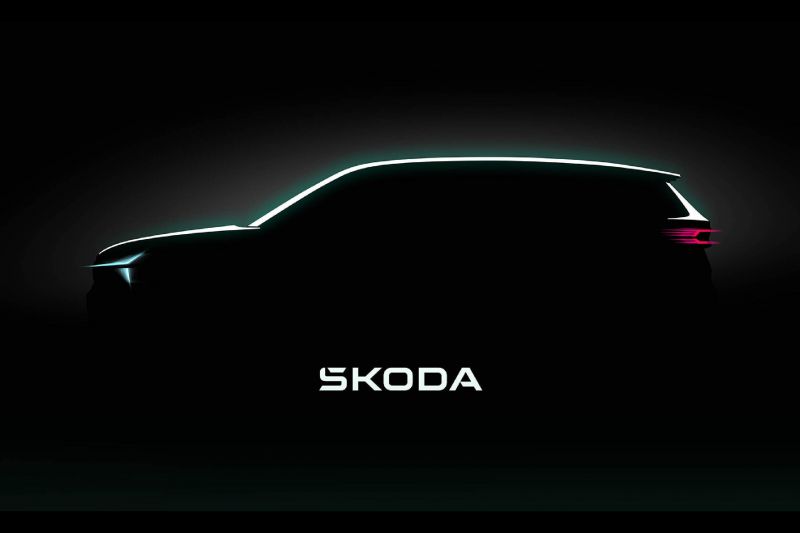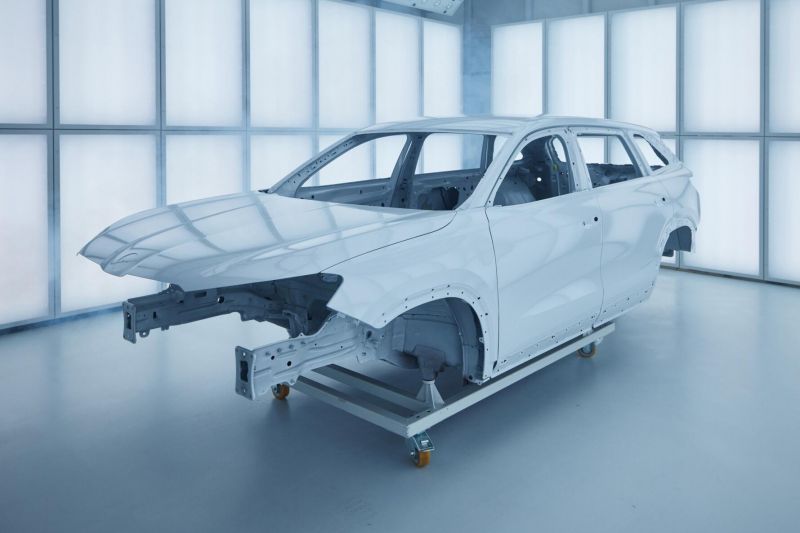The next-generation Skoda Kodiaq is due in Australia sometime around the second quarter of 2024, but it won’t be offered with plug-in hybrid (PHEV) power here.
Skoda will reveal the new Kodiaq sometime between September and November 2023, with European deliveries likely to commence before the end of the year.
“We don’t have a real big delay in the new car at all. It’s just a typical homologation lead time we have, so six to nine months should be sufficient. And then we have it here,” Skoda Australia managing director Michael Irmer told CarExpert when asked when it will come here.
While the Kodiaq will finally join the Octavia and Superb in getting a plug-in hybrid powertrain, Mr Irmer ruled out bringing it here.
He said that plug-in hybrid powertrains are a “bridging technology” and that the “ship has sailed” for Australia, with the brand choosing to jump straight to electric vehicles.
He also hinted that the Kodiaq still has some years left in it with an internal combustion engine, indicating it’ll be sold alongside the previously teased three-row Space due in Europe in 2026.
“They have a normal life cycle of seven years,”said Mr Irmer, adding that its ICE range can extend into 2030s.
It’s unclear what other powertrain options Skoda Australia will bring to the line-up in 2024. Globally the brand has confirmed petrol, diesel, PHEV and mild-hybrid models will be produced.
The new Kodiaq is expected to move to the newer MQB Evo architecture underpinning the latest Octavia.
Skoda has released numerous teaser images of the large SUV, providing a glimpse at its visual changes.
The design is mostly evolutionary, though the new Kodiaq is expected to take styling cues from the 7S Vision concept that Skoda revealed in 2022.
The side creasing isn’t as sharp as the current model, while the headlights have a distinctive new LED daytime running light signature.
Skoda says it’s investing around 12 million euros (A$19.21 million) into the company’s Kvasiny plant in Czechia to accomodate for production of the new Kodiaq.
The brand says it has produced over 800,000 Kodiaqs since its global premiere in 2016, across production facilities in Czechia, Ukraine, China and India, as well as Russia until early 2022.
In Australia, Skoda says the Kodiaq RS is “super successful” and as a result carries a three-to-six month delay thanks to semi-conductor shortages, though the company expects wait times will normalise by the end of 2023.
Last year the Kodiaq was the second best-selling model for the brand but this year semi-conductor delays have seen it drop to fourth place behind the Skoda Kamiq (784), Karoq (640) and Octavia (605).
MORE: Everything Skoda Kodiaq










